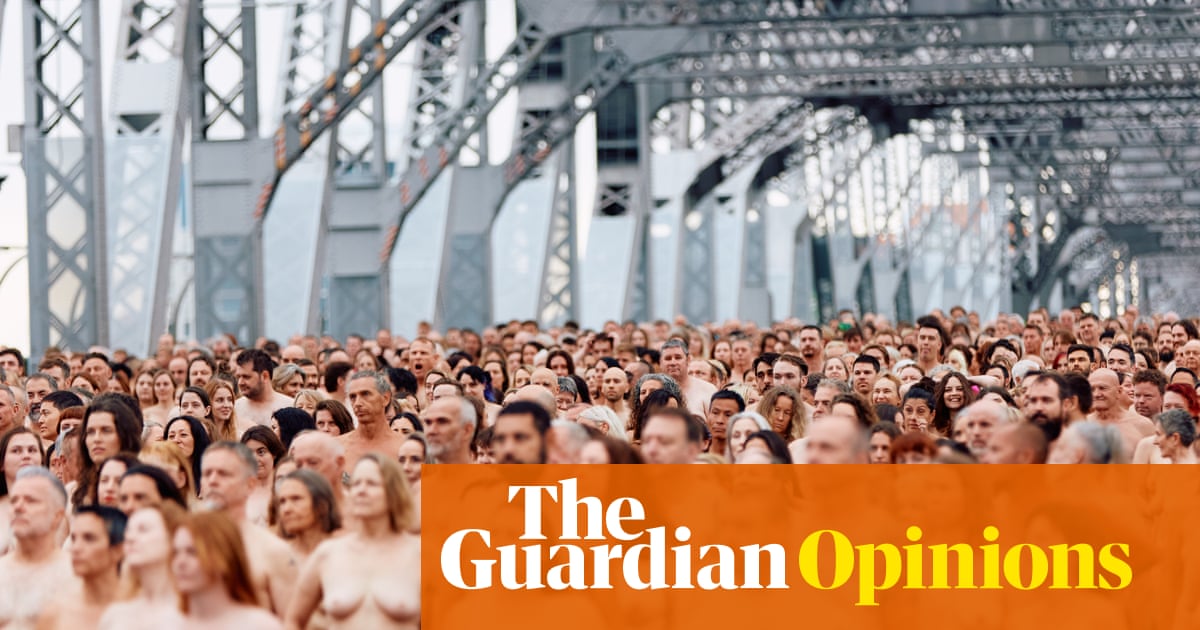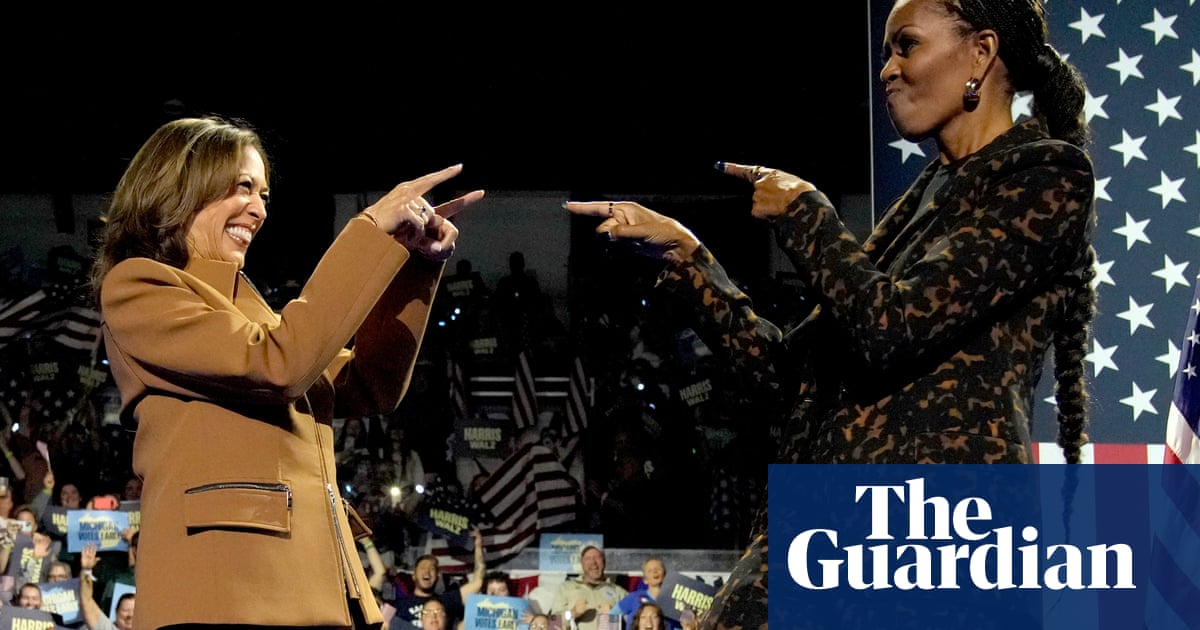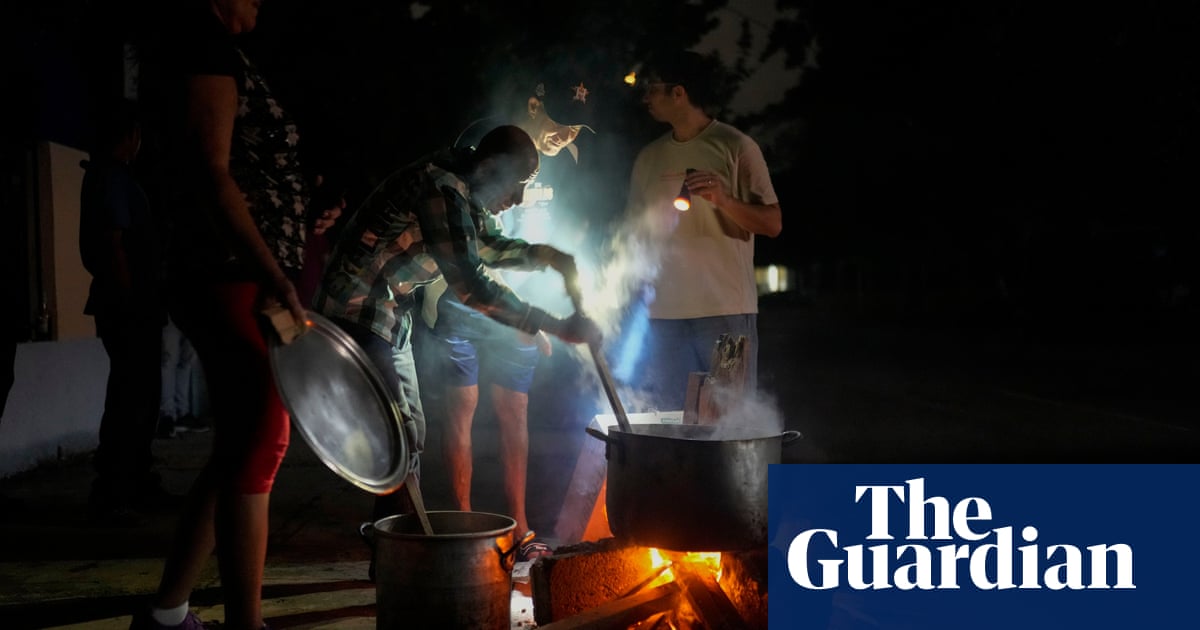I had already been nude for a solid seven minutes when renowned artist Spencer Tunick yelled into a megaphone: âNobody should be naked yet â thereâs still 45 minutes until sunrise!â
The thousands of other naked people milling around came to a halt. We glanced at each other with confused eyes. Did he just say we shouldnât be naked?
A few keen beans had jumped the gun, and a few more had followed suit. Some people reunited with their clothes, but for me, there was no going back.
So at 4am on Sunday, I found myself sitting in a gutter near Brisbaneâs Story Bridge, soaked from the rain, completely starkers. The weirdest thing is that it didnât feel weird at all.
I had a lot of expectations going into RISING TIDE â the latest work by Tunick, a New York-based photographer who documents the live nude figure in public â and none of them were good. I have spent a lifetime wishing there was less of me and am yet to untangle my self-worth from my appearance; the unhinged diet culture of the 90s has a lot to answer for.
My biggest fear about joining in Tunickâs shoot was that someone I know would see me. Or, more accurately, that they wouldnât like what they saw.
So I was braced to feel self-conscious, exposed, and ashamed. I mostly signed up because I was curious about the logistics of staging such a mammoth event. But there is safety in numbers, and I felt strangely at home surrounded by 5,500 bodies â a record-breaking turnout for Tunick in Australia.
âWhen thereâs nowhere to hide, thereâs nothing to hide,â drag artist Zach told me. âAll your insecurities go away.â
RISING TIDE is a sequel to TIDE, a work Tunick shot in Brisbane in 2023 as part of Melt festival, which celebrates the queer community and our allies. As we gathered in the dark across the entire length of the Story Bridge, Tunick told the crowd our âliving sculptureâ was a vote for diversity, equity and inclusion. It felt especially timely the morning after Queensland elected a Liberal-National Party government.
The artist relayed directions over a loudspeaker. No smiling. We faced him, then faced away. Put our arms up toward the sky, then back down. Then we lay on our backs, and rolled to one side. The road was hard and wet. Hearing others shiver, I felt grateful for the soft folds insulating my body.
At first I tried not to look at other peopleâs bodies, but eventually I let myself see them. Stocky bodies. Sagging bodies. Tattooed bodies. Transitioning bodies. Scarred bodies. Bony bodies. Pregnant bodies. Chiselled bodies. Bodies needing assistance from a wheelchair, a walker, a pair of crutches. Taking in this ordinary and extraordinary landscape was an act of radical self-love. It made me feel less alone.
after newsletter promotion
The crowd chatted and cheered between poses. A man named Chris told me he wanted to build up the confidence to enjoy nude beaches. Reeta hoped the experience would symbolise a turning point after a difficult year. Mark joked that Brisbanites just want any excuse to walk on a closed public roadway. âItâs our culture,â he said. Heâs right â 50,000 people turned out for a public walk through the newly built Clem Jones tunnel back in 2010.
After an hour, we dressed again then headed to the next location, Howard Smith Wharves. We undressed for a second time, and took up new positions along the Riverwalk that snakes along the water.
The Riverwalk felt like a Broadway stage compared to the closed-off bridge. Tourists on a passing CityCat waved and took videos. Residents of the multi-million-dollar properties overlooking the water stood on their balconies, bemused. For one man, it was a rude awakening. âWhat a nightmare view,â he complained. His nightmare was just beginning: our next position was a childâs pose, our bare bums shining up at him.
It was liberating, fun, and also monotonous at times. There were tedious stretches of waiting around, first in the rain and later in the blazing sun. I walked a good six kilometres across the morning, much of it a slow shuffle. Iâd wanted to feel anonymous, but I felt jealous of people with friends at their side. But in the end, the only truly horrifying part of the experience was setting my alarm for 1.45am.
I was moved by tiny moments that illuminated how much we share in common: hundreds of people collectively saying âbless youâ when someone sneezed; a chorus of âawwâ as a golden retriever came to see what all the fuss was about; laughter as we realised nobody knew which way to turn when Tunick told us to look south. (âFace the river!â he eventually clarified.)
As we walked back along the Riverwalk, a man watching from his balcony called out. He had stripped naked in solidarity. I have never heard a crowd cheer louder in my life.









